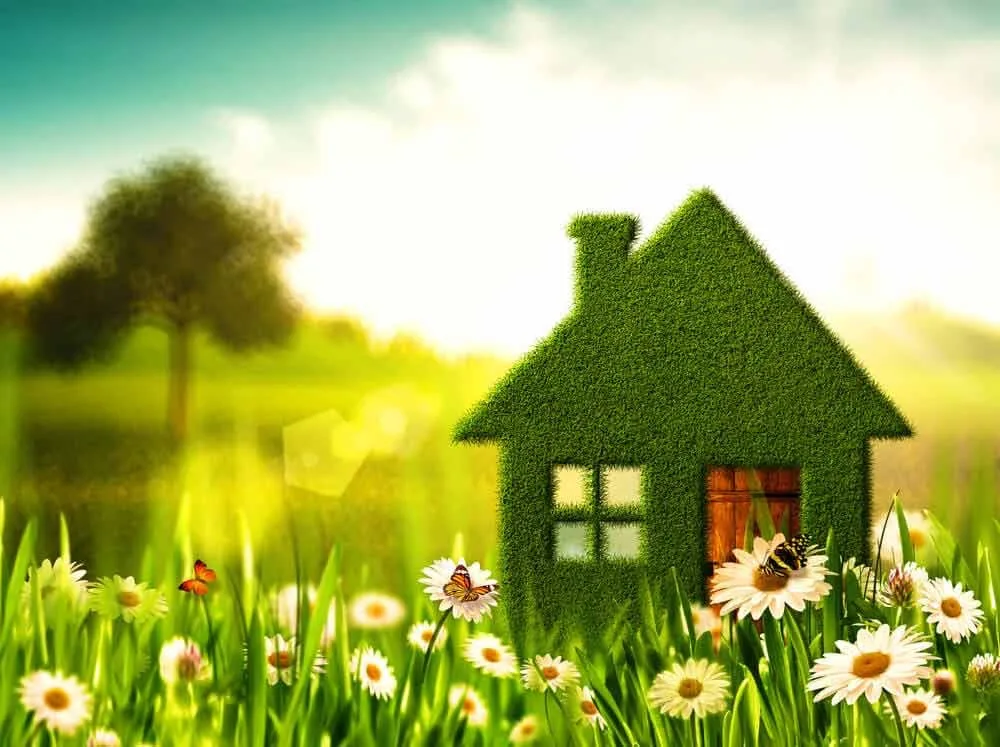
3 Ways To Go Green At Home
Published Date: Mar 14, 2016
Many homeowners are concerned with reducing their ecological footprint. With environmental issues coming to the forefront of political conversations and severe weather shifts causing chaos across the globe, people are coming to a clearer understanding of their role in aiding the planet. To make a positive difference, homeowners can "go green" in their backyard design! Here are just a few ways to create a beautiful, eco-friendly home:
1. Edible gardens Planting a vegetable garden or bed of fruit has benefits beyond adding flavor to the kitchen table. When food connoisseurs whip up homemade salsa or grill just-picked green peppers and onions, they benefit the planet. For example, families can opt to use less pesticide to keep bugs at bay in their gardens. Meanwhile large-scale farms must use a greater amount of chemicals to maintain their crops. This act can contribute to contaminated water sources, which can wreak havoc on fish and other aquatic creatures, killing them off or making them sick. It can also affect ground water, seeping into human drinking sources.
By controlling the output of these agents, homeowners are able to do a small part in scaling back food-related environmental damage. Families can avoid the detrimental effects of pesticides altogether by opting for natural ones over synthetic versions. For instance, gardeners can mix Himalayan crystal salt with warm water to fend off spider mites. This natural garlic pesticide from SFGate is another DIY option. Homeowners can create it by blending 10 cloves of garlic in one quart of water. After the solution sits for 24 hours, homeowners can strain the mixture through a cheesecloth and into a jar, and then they can add a cup of cooking oil. A tablespoon of cayenne pepper can kick this homemade pesticide up a notch.
Homeowners can grow their vegetable gardens to go green.
2. Drought-tolerant landscaping Many backyards in the U.S. are far from the picturesque scene of rolling green meadows. This is especially true for areas that don't see much rainfall, like the arid land of California. In these locales, a lot of water is required to keep natural grass and landscape healthy, which can work against conservation efforts. Fortunately, all-natural isn't the only route for a beautiful lawn.
Synthetic grass installation is an excellent option for homeowners aiming to preserve water. The drought-tolerant landscape design looks just like real grass, but the artificial turf requires no watering and hardly any upkeep. So while homeowners can conserve water by doing away with sprinklers, they can also lock the lawnmower in the shed and avoid pollution from gas-powered appliances.
3. Energy conservation A clear pattern has emerged with the edible garden and drought-tolerant landscaping: Eco-friendly ideas bring aesthetic boons. This trend is no different when it comes to outdoor lighting options.
Light is pivotal for creating an outdoor entertainment scene. After all, the party shouldn't stop just because the sun goes down. Keeping a space bright at night doesn't necessarily have to use up a lot of electricity. With the help of LED lights, homeowners can reduce their ecological footprints while still creating a beautiful, well-lit space. Compared to incandescent bulbs, LED light uses 75 percent less energy and lasts 25 times longer, according to the U.S. Department of Energy. If LED use becomes the norm within the next decade, the U.S. could conserve enough energy to fuel 44 large electrical power plants.
"LED light uses 75 percent less energy."
Homeowners everywhere are looking for ways to do their part for the environment. Making eco-friendly backyard adjustments offers an excellent way to do just that.








